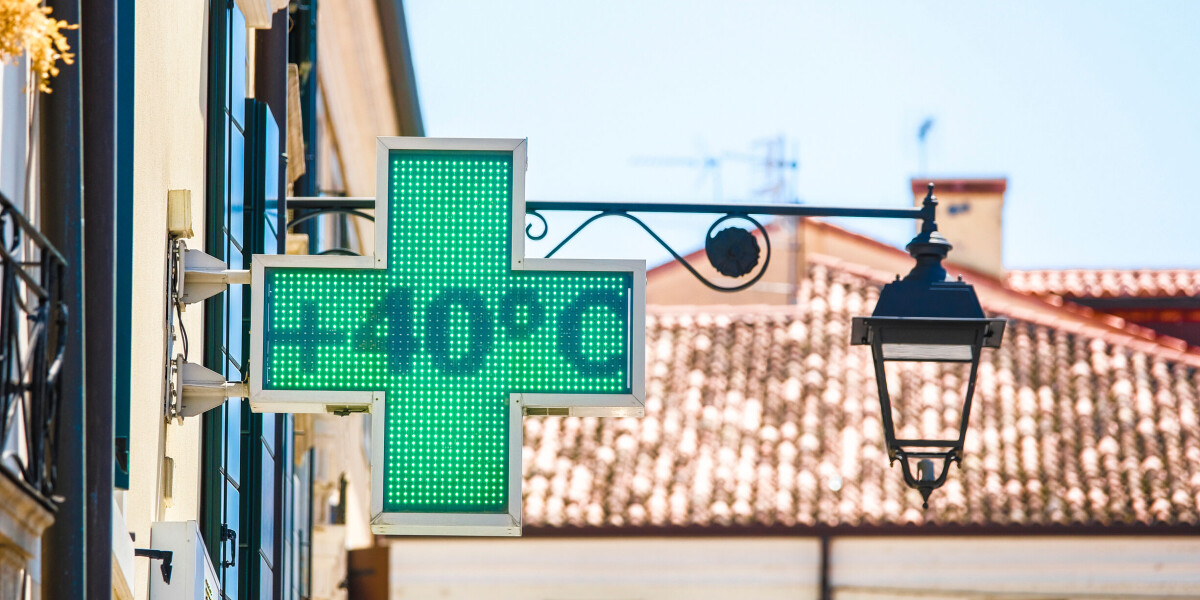
- Select a language for the TTS:
- UK English Female
- UK English Male
- US English Female
- US English Male
- Australian Female
- Australian Male
- Language selected: (auto detect) - EN
Play all audios:
BOTH VAGUE DE CHALEUR AND CANICULE WARNINGS ARE GIVEN DURING WARM SUMMER MONTHS Reader Question: I saw my department had a warning for canicule, is this different to a normal heatwave
warning? Official weather warnings issued by Météo France are usually based on specific types of weather patterns such as storms, floods, high winds etc. These can come in yellow, orange,
or red (the highest) alert levels. Read more: What action is advised with different Météo France weather warnings However there are different types of warnings for warm temperatures in the
summer. The state forecaster warns of both vague de chaleur and canicule during the summer months, both of which are sometimes translated as ‘heatwave’ in English. When either of these
warning levels are raised, local and departmental authorities may also put into place emergency measures. OVERNIGHT TEMPERATURES ARE ALSO MONITORED A vague de chaleur warning is raised when
temperatures are at least 3C warmer than the monthly average for at least three days within a given area. During summer months, a vague de chaleur warning for all of mainland France can be
declared when the national average temperature is more than 25.3C for three days or more. It can also be raised at departmental level, if local temperatures fulfil the conditions but the
national temperature does not. In contrast, a canicule warning also requires temperatures to be warmer than the monthly average for at least three days, however this includes nightime
temperatures also being significantly higher. Nighttime temperatures and daytime temperatures must pass certain thresholds depending where they are in the country. For example, in the Var
(Provence-Alpes-Côte D'azur) daytime temperatures must be at least 35C, and overnight temperatures at least 23C for three days running for a canicule warning to be given. In Finistère,
however, these are 31C and 18C respectively, due to the generally colder temperatures in Brittany. Canicule warnings are generally more severe, as high overnight temperatures prevent people
and buildings from being able to cool down from intense daytime heat. There are also pic de chaleur (heat spike) warnings, given when temperatures are significantly warmer than the monthly
average for a certain day, but this is short-lasting (less than three days) Read more: ‘Face the reality’: France ‘must prepare’ for +4C global warming





